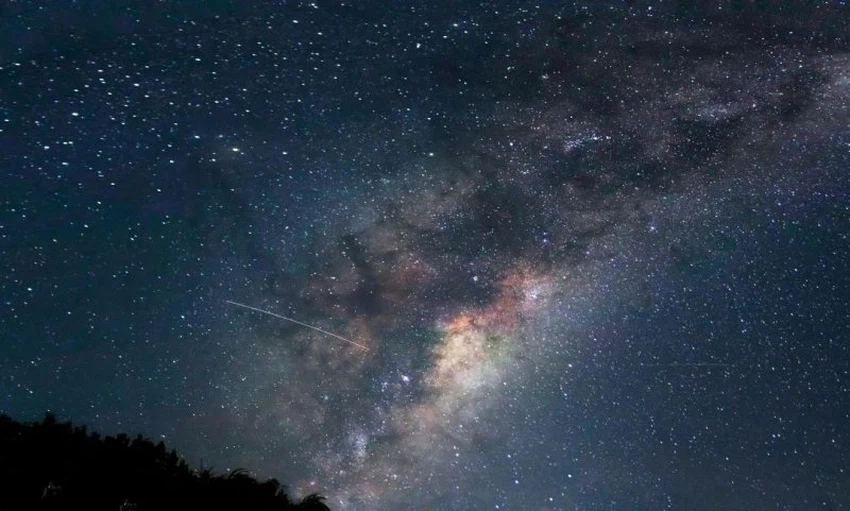The skies of the Arab world are set to witness heavy meteor showers
Arab Weather - Astronomer and member of the Royal Astronomical Society of Britain and member of the Arab Union for Space Sciences and Astronomy, Imad Mujahid, confirmed that the skies of the Kingdom and the Arab world will witness dense showers of Geminid meteors at dawn on Saturday and Sunday. More than 120 meteors are expected to appear in a beautiful meteor show resembling fireworks, known in astronomy as the "Geminid meteor shower."
Naked eye observation and modern techniques
Mujahed explained, in his interview with the Jordan News Agency (Petra), that observing these meteors does not require any specialized equipment, as they can be seen with the naked eye. He added that cameras can be used to take pictures of the meteors that appear, in addition to the possibility of hearing their sound clearly, or observing them using the "radio meteor monitoring" technology available online.
Peak shower and origin of meteors
The astronomer explained that the peak of the Geminid meteor shower will be in the early hours of dawn and until just before sunrise, when the meteors will be visible in the middle of the sky. He pointed out that these meteors are caused by very small dust particles left behind by the asteroid "Phythion" during its orbit around the sun, unlike other meteor showers that are usually caused by comets. As the Earth orbits the sun, these dust particles collide with the Earth's atmosphere, generating high heat that appears in the form of bright arrows that disappear after a few seconds.
Mujahed confirmed that meteors begin to burn at an altitude of 120 kilometers above the Earth's surface and turn into ash at an altitude of 60 kilometers, without reaching the Earth's surface, pointing out that the atmosphere is a blessing from God Almighty that protects the Earth from these meteors.

Mujahed explained that radio observation depends on the reflection of radio waves from the ionosphere when meteors penetrate it. He explained that meteors enter the atmosphere at high speeds of up to about 80 kilometers per second, which leads to ionization of the air surrounding the meteor and an increase in temperature, which causes the reflection of radio waves for distances exceeding 2,000 kilometers from the observer’s location.
He pointed out that online radio monitoring allows monitoring meteors during the day and around the clock regardless of weather conditions. The best times for this technology are in the early morning hours from the beginning of dawn until about two hours after sunrise.
See also:
In December we live the longest nights of the year.. Find out when it happens and why it happens
Arabia Weather App
Download the app to receive weather notifications and more..



